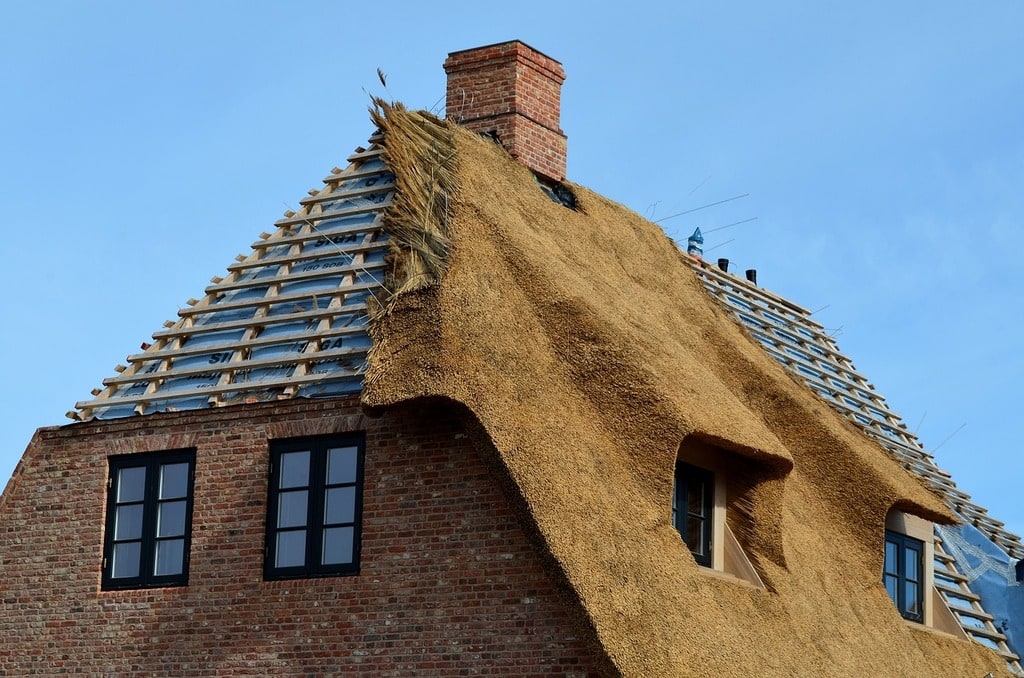
Eco-friendly materials for home construction
As the global community becomes increasingly aware of the environmental impact of traditional construction methods, there is a growing demand for eco-friendly materials in home construction. These materials not only reduce the carbon footprint but also offer healthier living environments and greater sustainability. In this article, we will explore various eco-friendly materials that are revolutionizing the construction industry.
Sustainable Building Materials for Eco-friendly Home Construction
One of the primary reasons to consider sustainable materials in home construction is the significant reduction in environmental impact. Traditional construction materials often rely heavily on non-renewable resources and processes that release large amounts of carbon dioxide. Eco-friendly materials, on the other hand, aim to use renewable resources and minimize environmental damage.
Bamboo: a Versatile and Renewable Resource
Bamboo is an excellent example of a renewable building material. Unlike traditional hardwoods, bamboo grows incredibly fast, with some species capable of growing up to three feet in a single day. This rapid growth rate makes bamboo a highly sustainable option for flooring, cabinetry, and even structural elements.
Bamboo is also extremely durable, boasting a higher compressive strength than concrete and a tensile strength that rivals steel. This makes it not only an environmentally friendly choice but also a practical one for various construction applications.

Recycled Steel: strong and Eco-conscious
Recycled steel is another material gaining popularity in eco-friendly home construction. Using recycled steel significantly reduces the need for mining and processing new steel, which is both energy-intensive and harmful to the environment. Additionally, steel is fully recyclable, meaning that once it reaches the end of its life in a building, it can be reused indefinitely without losing its properties.
The use of recycled steel can contribute to a building’s structural integrity while also promoting a circular economy. This material is particularly beneficial in framing, roofing, and reinforcing concrete structures.
Rammed Earth: harnessing Nature’s Strength
Rammed earth construction has been used for centuries and is seeing a resurgence due to its eco-friendly properties. This method involves compacting a mixture of earth, sand, and clay into forms to create solid, durable walls. Rammed earth walls have excellent thermal mass, which helps regulate indoor temperatures and reduces the need for artificial heating and cooling.
The aesthetic appeal of rammed earth is another advantage, offering a natural, earthy appearance that blends seamlessly with the surrounding environment. It is also fire-resistant and can last for hundreds of years with minimal maintenance.
Hempcrete: a Lightweight and Insulating Alternative
Hempcrete, made from the inner fibers of the hemp plant mixed with lime, is a lightweight and highly insulating building material. It provides excellent thermal and acoustic insulation, contributing to a comfortable living environment. Hemp grows quickly and requires minimal pesticides or herbicides, making it an environmentally friendly crop.
Hempcrete’s breathability prevents issues related to moisture and mold, enhancing indoor air quality. Although it is not suitable for load-bearing walls, it can be used effectively for insulation and non-load-bearing partitions.
Benefits of Eco-friendly Home Construction Materials
Eco-friendly materials offer a myriad of benefits beyond environmental conservation. Here is a bullet list to highlight some of these advantages:
- Energy Efficiency: many sustainable materials, such as rammed earth and hempcrete, offer superior insulation, reducing energy consumption for heating and cooling.
- Healthier Indoor Environment: materials like bamboo and hempcrete do not emit harmful VOCs (volatile organic compounds), improving indoor air quality.
- Durability and Longevity: eco-friendly materials are often more durable, requiring less maintenance and reducing the need for frequent replacements.
- Resource Conservation: using recycled or rapidly renewable materials helps conserve natural resources and reduce waste.
Choosing Eco-friendly Materials for Your Home
When selecting materials for a new home or renovation, consider the entire lifecycle of the products. Look for materials that are sustainably sourced, have a low environmental impact during manufacturing, and offer benefits such as energy efficiency and durability. Certification programs like LEED (Leadership in Energy and Environmental Design) can guide you in making environmentally responsible choices.
The Future of Eco-friendly Home Construction
As technology advances and awareness grows, the range of eco-friendly materials available for home construction will continue to expand. Innovations in bio-based materials, recycled content, and energy-efficient products are paving the way for a more sustainable future. Embracing these materials not only benefits the environment but also contributes to healthier, more resilient homes.
In conclusion, incorporating eco-friendly materials into home construction is a vital step towards sustainable living. By understanding and utilizing these innovative materials, homeowners can create beautiful, durable, and environmentally responsible living spaces.